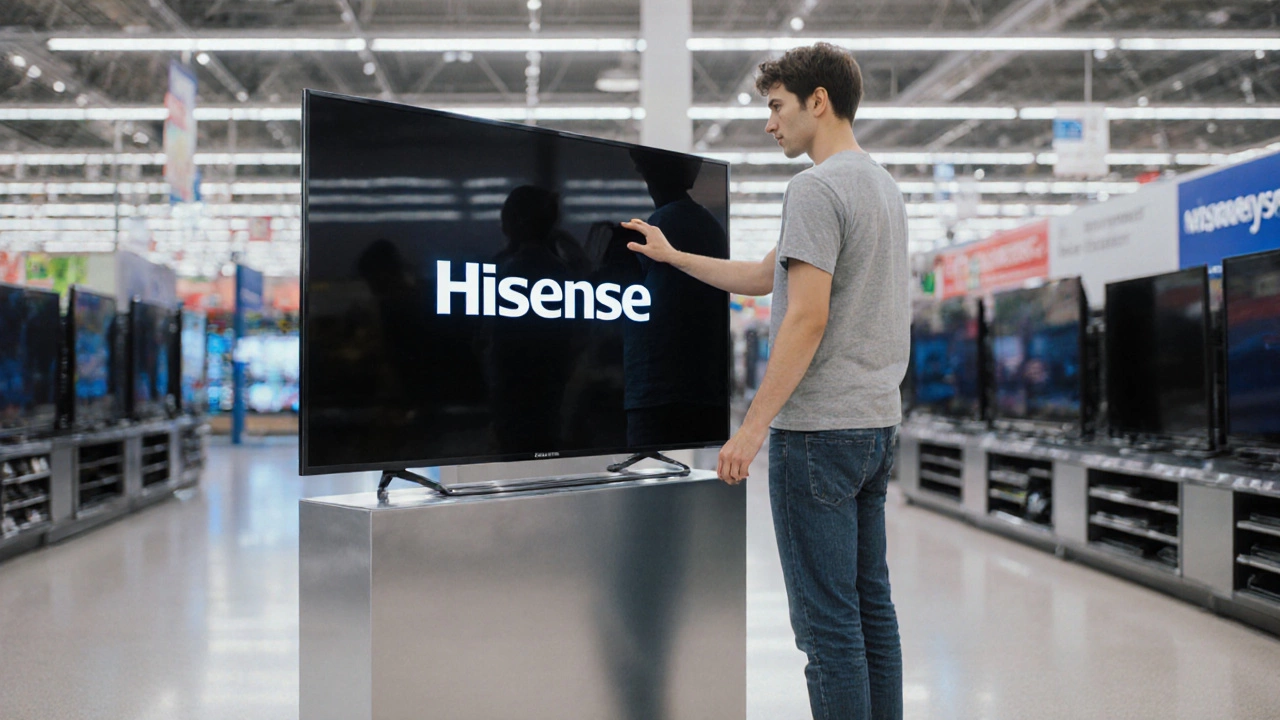When evaluating Hisense TV picture quality, the ability of a Hisense television to deliver clear, vivid, and accurate images across a range of content. Also known as Hisense picture performance, it matters for anyone who watches movies, sports, or games at home. Understanding the components that drive that performance helps you pick the right model and set it up for the best view.
One of the biggest influences is the underlying display technology, which can be either OLED, QLED, or a traditional LED panel. OLED panels light each pixel individually, giving perfect blacks and excellent contrast, while QLED adds a quantum‑dot layer to boost brightness and color volume. Hisense typically uses LED with ULED enhancements, aiming to bridge the gap between OLED’s depth and QLED’s punch. Knowing which tech sits behind the screen tells you what to expect in dark scenes and bright rooms.
Hisense TV picture quality also hinges on HDR, high‑dynamic‑range processing that expands both the brightest whites and the deepest blacks. HDR10, Dolby Vision, and HLG are the most common formats; a Hisense set that supports multiple HDR standards can pull more detail from HDR‑enabled movies and games. The richer the HDR implementation, the more lifelike the colors and the greater the sense of depth.
Color accuracy is another pillar. Hisense units often feature a wide color gamut, covering most of the DCI‑P3 space used in cinema. When a TV reproduces colors close to the source material, you get a more faithful experience. Factory calibration and optional user tweaks let you fine‑tune hue, saturation, and luminance for the room’s lighting conditions.
Motion handling comes down to the refresh rate, measured in Hertz (Hz). A higher refresh rate—120 Hz or more—reduces blur in fast‑moving scenes, which matters for sports and gaming. Hisense often employs motion‑enhancement algorithms that insert extra frames to smooth out action, but the base refresh rate still sets the ceiling for clarity during rapid motion.
Smart‑TV processing and upscaling also shape the final picture. Hisense’s VIDAA platform includes AI‑driven upscalers that analyze low‑resolution content and add detail before it hits the panel. This can make older DVDs or streaming at 720p look sharper on a 4K screen. The combination of a capable processor and good hardware ensures the TV makes the most of every source.
Finally, the viewing environment matters. Ambient light, wall color, and seating distance all affect perceived picture quality. Calibration tools—like a simple test pattern or a dedicated calibrator—help you adjust brightness, contrast, and color balance to match your room. A well‑set Hisense TV will deliver consistent performance whether you’re binge‑watching in a dim living room or watching the news in a brighter kitchen.
Below you’ll find a curated list of articles that dive deeper into each of these factors, compare Hisense against OLED and QLED rivals, and give you step‑by‑step tips to get the most out of your TV.

A detailed review of Hisense TVs covering picture quality, smart features, reliability, pricing, and how they compare to Samsung, LG, and Sony.